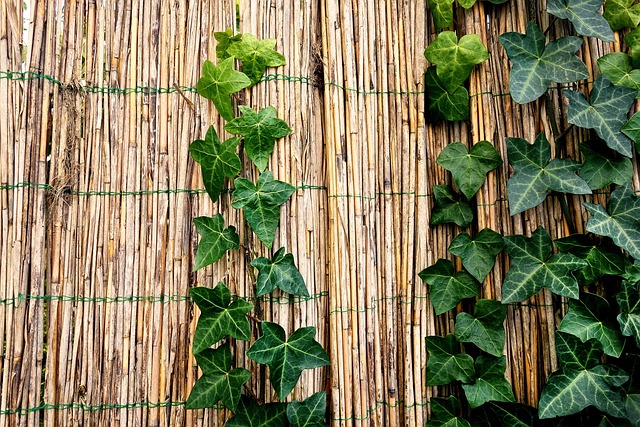In New Bedford, MA, homeowners and property managers are increasingly turning to eco-friendly fencing materials for their aesthetic appeal and environmental benefits. This article explores the diverse options available in the region, delving into the advantages of sustainable fencing choices. We’ll guide you through selecting materials that blend seamlessly with nature and highlight the significant environmental impact difference between traditional and eco-conscious fencing methods.
- Exploring Eco-Friendly Fencing Options in New Bedford
- Benefits of Sustainable Fencing for Your Property
- Choosing Materials That Harmonize with Nature
- The Environmental Impact of Traditional vs. Eco-Friendly Fences
Exploring Eco-Friendly Fencing Options in New Bedford
New Bedford, MA residents increasingly seek eco-friendly fencing options, aligning with a growing global movement towards sustainability. This shift is driven by both environmental consciousness and aesthetic preferences. The city’s vibrant landscape demands materials that not only enhance curb appeal but also respect the natural surroundings.
Exploring these options reveals a diverse array of sustainable fencing materials, each offering unique benefits. From recycled plastic and wood composites to bamboo and vegetatively-based hedges, New Bedford residents have a plethora of choices. These alternatives not only reduce environmental impact but also require less maintenance than traditional fencing, making them an increasingly attractive option for homeowners and local businesses alike.
Benefits of Sustainable Fencing for Your Property
Sustainable fencing materials offer numerous advantages for New Bedford residents looking to enhance their properties while minimizing environmental impact. One of the key benefits is reduced carbon footprint; these eco-friendly options are typically made from recycled or renewable resources, significantly lowering the emission of greenhouse gases compared to traditional fencing.
Moreover, sustainable fences contribute to local biodiversity by providing habitats and food sources for wildlife. They often require less maintenance, reducing the need for chemical treatments and minimizing water usage. Such fences also add aesthetic value to your property, creating a harmonious blend with natural surroundings. With their durability and long-lasting quality, these materials offer cost-effective solutions that benefit both your land and the environment.
Choosing Materials That Harmonize with Nature
When selecting fencing materials for your New Bedford property, opting for eco-friendly options is not just beneficial for the environment but also enhances the overall aesthetic appeal. Natural materials like bamboo, recycled plastic, or wood from sustainably managed forests blend seamlessly with the local ecosystem and contribute to a harmonious outdoor space. These choices are particularly fitting for a city known for its rich natural heritage and commitment to environmental preservation.
Choosing materials that resonate with nature offers both functional and decorative advantages. Bamboo fences, for instance, provide excellent privacy while exuding an organic beauty. Recycled plastic options, often in the form of composite fencing, offer durability and long-lasting performance without contributing to plastic pollution. Each material has its unique qualities, allowing you to create a fence that not only serves its practical purpose but also becomes a striking feature of your landscape.
The Environmental Impact of Traditional vs. Eco-Friendly Fences
Traditional fencing materials often contribute to environmental degradation due to their production and disposal processes. The manufacturing of conventional fences typically involves using resources like wood treated with chemical preservatives, which can lead to soil and water contamination. Additionally, metal fences require energy-intensive production methods and often end up in landfills as waste.
In contrast, eco-friendly fencing materials offer a sustainable alternative. These options are made from renewable resources or recycled materials, reducing the carbon footprint associated with their production. Biodegradable materials like bamboo or recycled plastic not only minimize environmental harm but also provide long-lasting performance. Moreover, choosing eco-friendly fences supports local ecosystems by promoting responsible forest management and reducing the demand for non-sustainable resource extraction.
